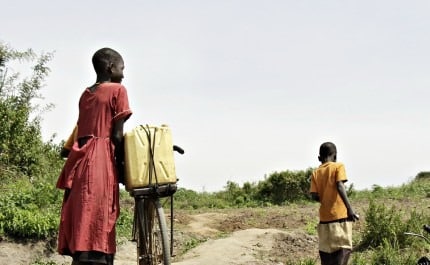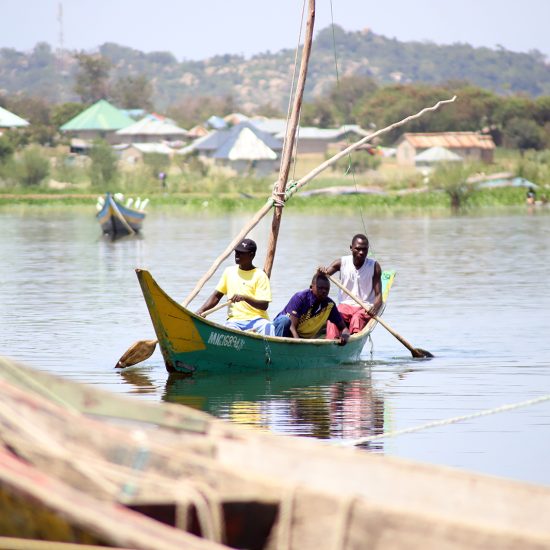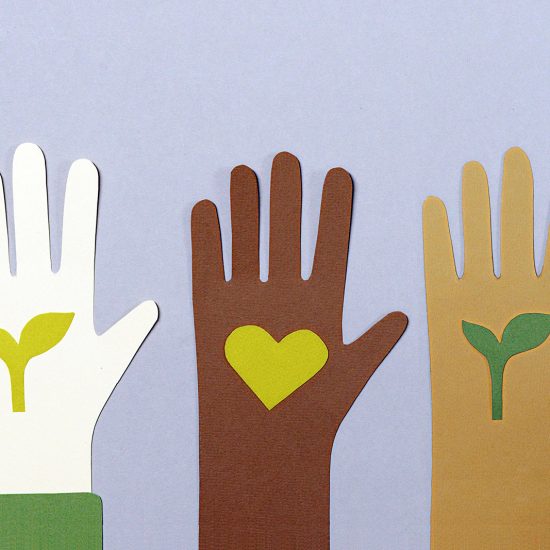There could be 143 million climate migrants within three regions of the world by 2050 if trends hold and no action is taken to mitigate the impact of climate change, according to a World Bank report.
 A World Bank report states that actions taken now … could significantly lower the projected number of climate migrants by anywhere from 39 million to 112 million people.Released on March 19, the report, “Groundswell: Preparing for Internal Climate Migration,” projects that there will be 86 million climate migrants within Sub-Saharan Africa, 40 million within South Asia and 17 million within Latin America in three decades.
A World Bank report states that actions taken now … could significantly lower the projected number of climate migrants by anywhere from 39 million to 112 million people.Released on March 19, the report, “Groundswell: Preparing for Internal Climate Migration,” projects that there will be 86 million climate migrants within Sub-Saharan Africa, 40 million within South Asia and 17 million within Latin America in three decades.
This represents 2.8 percent of the entire population of these regions and will result from “slow-onset climate impacts (water stress, crop failure, sea level rise).”
The report defines climate migrants as “people who move – within countries – because of climate change-induced migration.”
The focus on internal migration is due to a “growing recognition among researchers that more people will move within national borders to escape the effects of slow-onset climate change, such as droughts, crop failure and rising seas.”
Actions taken now – investments in development focused on climate adaptation and emission reduction initiatives – could significantly lower the projected number of climate migrants by anywhere from 39 million to 112 million people.
Adaptive development initiatives noted in the report include “investing in climate-smart infrastructure; diversifying income generating activities; building more responsive financial protection systems for vulnerable groups; and educating and empowering women.”
If significant action is not taken now, climate migration will become highly visible by 2030 in certain “hot spots” – “low-lying cities, coastlines vulnerable to sea level rise, and areas of high water and agriculture stress.”
Migration due to climate impacts would expand rapidly by 2050, impacting an ever-increasing number of people and expanding significantly beyond these “hot spots.”
“Internal climate migration is a development issue,” stated World Bank CEO Kristalina Georgieva. “Unless we act it will become the human face of climate change.”
The full report is available here.
This article originally appeared on EthicsDaily.com.






